Do you have something in m2 slot? As I understand, reset button bug doesn’t affect functionality of connected m2 devices in any way, does it?
reset-bug only causes reading button is always low, does not affect function of m.2 slot
polarity is outer gnd, inner +
i do not have the default-power supply, i have one/two from previous devices (r2,r64) i’ve bought…one is manufacturer aukru, the other leicke
Inner - plus, outer - minus?
yes, outer is gnd
- ----(o----- +Yes! I got the one from sinovoip shop from aliexpress and it has absolute horrible coilwhine!
If you’re curious about power draw i can to some tests. (wanted to do those anyway, just been to lazy). I have a WD Black SN850 1tb SSD mounted in the NVME slot. and a SFP adapter for 2.5gbit LAN.
That idea with Type-C 12V adapter is great! Probably gonna do that, thanks for the input. Like one of those Quick Charge Modifier Cables: https://www.aliexpress.com/item/1005004356913604.html
OR going the other way and soldering a Type-C Port to the router that gives 12V!

Okay… here we go:
Quick Test to check if everything works… it does.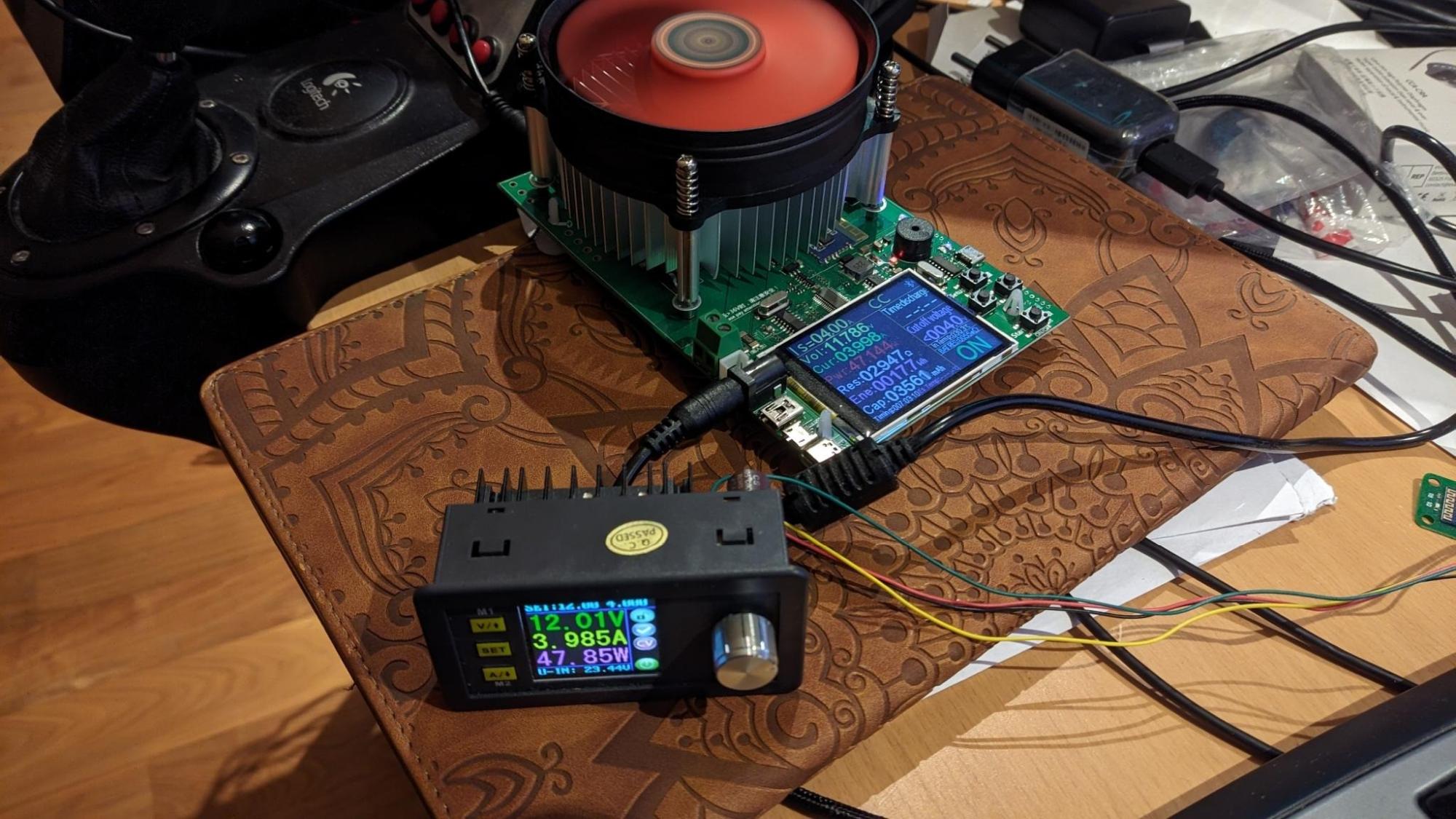
Test Setup:
Everything disconnected, WiFi Off. only 1 LAN Port and 1 NVME SSD plugged and SFP adapter plugged: is around 5W Powerdraw.

No we get to the different testing situations…
WiFi Connected to a few devices… first 2 Peaks are 2 Devices running a Speedtest on 5ghz. second 2 peaks are same devices in 2.4Ghz network. Peak was around 10.5W
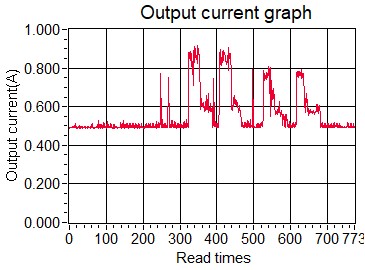
First, only LAN1 connected and doing iperf3 tests, then connecting PC directly to SFP Port at 600 seconds with a 2.5gbit connection and testing.
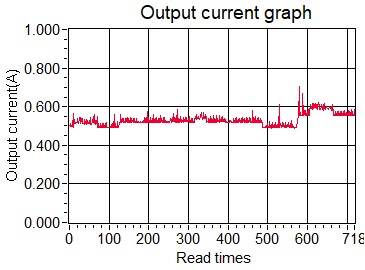
LAN1 connected to Network, SFP to Computer on Left, Moving to LAN2 at 75 seconds, doing an iperf at 125seconds.
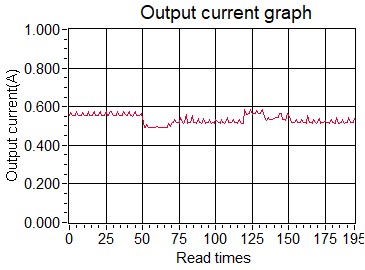
Trying HDparm benchmark on the NVME SSD was prolly all done by cache litterally NO increase in Power usage…
root@OpenWrt:~# hdparm -Tt /dev/nvme0n1
/dev/nvme0n1:
Timing cached reads: 1706 MB in 2.00 seconds = 852.56 MB/sec
Timing buffered disk reads: 1474 MB in 3.00 seconds = 490.73 MB/sec
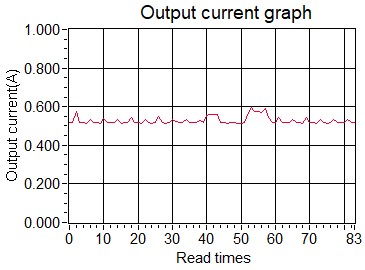
trying to create a little CPU load via for i in 1 2 3 4; do while : ; do : ; done & done does nothing much… raises from 6W to 7.2W. So either that doesn’t stress much but only creates load, or the CPU already uses quite a bit of power on default.
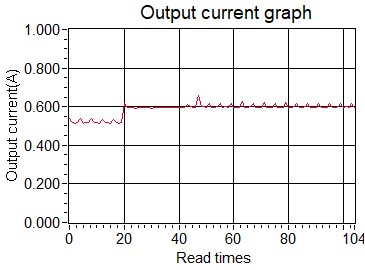

Does anyone have better benchmarking options? 
Going by that a 15W PSU should be enough. 12V 1.5A would probably be enough for most things. 2A should certainly be,
for cpu-test i mostly do this for each core
dd if=/dev/urandom of=/dev/null
but while without sleep should do it too…i also noted only a small higher power consumption
Just ordered my BPI-R3 and now I want to choose ssd drive for it. Any suggestions? I’m looking now at 500 Gb Samsung 970 EVO Plus. Also what ssd length do I need? I bought BPI-R3 with metal case. Also does BPI-R3 have screws for ssd or not?
No screws AFAIK. 970EVO will fit. But it will work at 25% speed anyways.
But why are you so keen putting a NVME there? This thing ain’t suited for NAS really. It is a state of art router for VPN, fast WIFI, with accelerated packet routing.
PS. Please excuse me if it is out of place.
Imagine. I have a Z590I-vision D board(got for 130e new) with a eng sample of I9 11900T(160e ali), but you can be happy with any Pentium Gold 35W there(~50e new). I have a plethora of SATA for 5 inchers for my spinner RAID0/5, many pcies for fast nvme’s even gen4. You can reuse anything you have from your PC stuff cooler PSU’s case… The thing consumes only 25W in idle off the wall while running OMV, with photo host, torrent service and usual SMB and anything you imagine and need more. I won’t even touch the prices of dedicated NAS devices that are beyond stupid. Such DIY device just obliterates them is way much cheaper and robust/transparent AND SECURE as you don’t have to wait for someone to update their old distro.
What screws do I need for ssd in BPI-R3?
You should be good with any M2*3 (mm)
so 6W vs 25W for a 24/7 Device.
I mean most nas stuff you need on a daily basis like Webserver, SMB access to most important files, download server, OpenHAB server can easily be rund from a QuadCore Cortex A53. It Certainly might not be optimized for NAS usage, but it should be capable for the basic conecpt.
So you just need your normals NAS as a backup storage once a day or when you do something that needs more performance.
Also your 130 board +50 cpu need another 35 PSU, 50 Case, 40 RAM, then you end up around 300.
You call this NAS secure way of backup doing on a single nvme drive without using proper mirrors? You can use a USB stick copy there and it will deliver the same on your PC. It only has a one single drive. BPI R3 ain’t suited for it. Even if you use the JMB585 it will hog up the A53, that controller hogs up the Odroid M1 Quad A55 Rockchip RK3568B2 @2GHz in RAID tasks for example. A commercial NAS costs are way more than 300 even way way more if it has fast ethernet, you can manage under 200 if you reuse some office machine parts that can be obtained for peanuts, if you cannot and don’t do DIY then please the commercial offerings are at your service, but I suspect in this forum DIY crowd is more common. And we are talking about keeping data secure, doing it on a developer BPI platform is the last thing you can do especially on OpenWRT OS.
If you don’t have backup of your backup, you don’t have a backup®.
Fast NVME caching + RAIDed spinners are the way for modern NAS. We can indulge more on the A53 being enough. It is not about A53 but their acceleration engines and if they actually work here on WRT… there are some beta crypto assets on debian for some filesystem acceleration on ARM, but WRT, you sure? I’ll say it again this CPU ain’t a NAS CPU nor device for this task. Utilizing docker scales your own DIY NAS/SERVER beyond the 25W electricity cost that otherwise could go on online service fees and most importantly it performs. If you start to hook up devices to this BPI-R3 your power figures WILL NOT be 6W, all peripherals including nvme drive will consume. I am not sure nvme drives do enter sleep state and utilize ASPM here also.
It is a router, BPI dropped the ball hard to utilize the slot for proper 5G modems, not some nvme drives. You need adapters again.
BTW I completely forgot. Some Samsung drives refuse to work at 2X speeds, I’ve tried that when replacing the inbuild AE slot for wifi to nvme M key adapter in some older motherboard(Z97). I had a PM981 and it refused to work, I took some leftover 1TB Toshiba drive worked fine. So keep in that in mind.
Well, I think, PCIe versions are forward and backward compatible. So 970 evo plus should work on BPI-R3. With PCIe x2 speed, of course.
As for BPI-R3 as NAS usage. I don’t have any spare old computer, just notebook. I’m using this notebook as DLNA server too now, but it isn’t very comfortable. I bought BPI-R3 as a replacement for my current Tp-link archer C2 (mainly, because old router has only 8 mb flash memory and even “naked” openwrt barely fits this size. And maybe even replace ISPs ONU with my SFP module. But I can’t choose it now). And BPI-R3 can work as DLNA server too. So… why not? BPI-R3 hardware is already an overkill for my home network usage, so why not use it as DLNA/Samba too?
No… I think the BPI-R3 would do an awesome job as an always online network device for home automation.
Not a fully working NAS/Homeserver that has multiple drives with backup plans.
Simply a device that is always working and fulfills the daily needs. Data Backup will still be done via Homeserver.
Is there any reason to boot from eMMC and not from SD card, except empty SD card slot? Faster speed? More durable storage?
I guess emmc is a bit faster than sdcard…at least because it have larger buswidth (8bit vs. 4bit) to mmc-controller. I guess emmc allows more write cycles than sdcards.
For me sdcard is for testing/upgrade,but main-os should be on emmc (with most changed dirs like /var layed out to an external storage like ssd).
But this a personal decision. For r3 emmc-access is a bit tricky due to not accesible the same time as sdcard.
But can I make image of sd card after all configuration for quick recovery after “failed experiments”? Something like windows system drive image for quick restoring/reinstallation?
Of course you cn backup your rootfs or complete disk image…for emmc too
Durability is arguable, depending on the SDCARD nand type type. SLC ones are more rare and expensive than the router itself thou to have them durable. Any other sdcards, for example, there are whacky cuckoos running torrent in their phones and those last only around half year of daily usage and the nand is dead. Low power NAND is really R/W cycle limited and just has larger overprovisioning… it has been so for decades, it also applies for sdcards. So either the card or phone is dies. That’s why routers have nvram also, to mitigate the issue.
eMMC is magnitudes faster. Really fast Sandisk Extreme Plus Cards from my cameras hover around 17MB/s in quick hdparm test, while the emmc shows around 160MB/s, so obvious.
Are there any changes in daily usage and can you feel the difference? NO. The only issue for BPI-R3 is the weird default partition layout. eMMC image should be split and enlarged.
And those NAS likers, don’t forget fstrim task once a week. By default there is nothing there, as OpenWRT is a router OS.